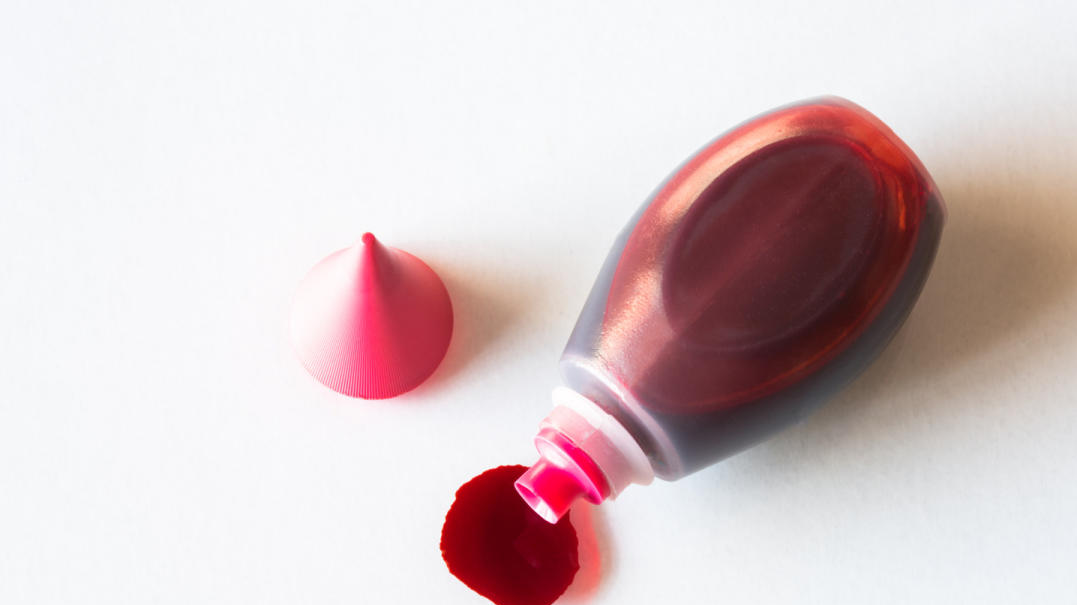The Food and Drug Administration (FDA) today announced a sweeping ban on a common food coloring. While food bans are oftentimes controversial — find us a cultured foodie who doesn’t complain about the reasons why haggis is illegal, or clotted cream being banned from supermarket shelves — the only brouhaha concerning the ban on red dye no. 3 is why it took the regulatory agency so long to cancel it. Red dye no. 3 has long been associated with possible carcinogenic effects in humans and animals when consumed. Meanwhile, numerous food manufacturers have already been voluntarily phasing it out of products in the past few years. The state of California even made it illegal back in 2023.
What does this mean for your favorite scarlet-hued foods and drinks? Well, manufacturers who haven’t already banned the dye may be changing formulas soon. The FDA has ruled that red no. 3 must be out of consumable food and drinks by January 15, 2027, and out of drugs by the same date in 2028. The dye is typically used to achieve a cherry-red color, which can be replicated by substituting an alternative coloring, red dye No. 40. However, even the substitute is coming under fire for possibly being associated with a raft of health risks (including behavioral issues and another possible carcinogenic link), leading to a greater conversation about the issues of artificial dyes in food.
Read more: 14 1990s Discontinued Snacks That You Probably Forgot Existed
Should Red Dye No. 3 Be Substituted?
Red dye diffuses into a glass of water – Imzan Ogir/Getty Images
When you look around your kitchen for dangers, you are likely thinking of things like the fact that putting metal in the microwave is bad. You probably aren’t gazing at a box of sugar cereal and considering that it could possibly lead to a tumor. However, scientists have been aware since the 1990 that red dye no. 3 caused cancer in lab animals, the year the FDA banned the dye in topical drugs and cosmetics. That should have obligated the FDA to take action, but it’s only 35 years later that a ban was enacted. Consider also that red dye no. 40, a common substitute for no. 3, is also banned in California. The Cleveland Clinic notes that red dye no. 40 is associated with hyperactivity in children, allergic reactions, and may contain benzene, another known carcinogen.
The European Union has banned a number of dyes and requires packaging disclosure of the use of even those that are still legal. Why hasn’t the U.S. done the same? “[F]ood companies have lost sight of their primary mission, providing food we will thrive on, focusing entirely on their profits instead,” Dr. Jerold Mande, a Harvard University adjunct professor of nutrition, told CNN. Banning cheap artificial dyes forces companies to seek natural alternatives, which is a costly process. To many minds, banning red dye no. 3 is a good step, but it arguably should have happened much earlier and been accompanied by other, more far-reaching restrictions.
Read the original article on Foodie.


